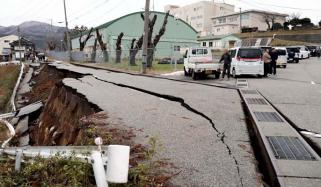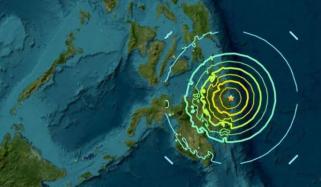
NASA’s Voyager 1, the most distant human-made spacecraft, recently sent an update about the health and status of its onboard engineering systems after a pause of nearly five months.
As per BBC, the NASA spacecraft, which is 46 years old, holds the title of being the farthest object humanity has ever sent into space.
In November, a computer glitch prevented Voyager from transmitting data but engineers have now resolved the issue.
NASA said in an official statement, noting, "Voyager-1 spacecraft is returning usable data about the health and status of its onboard engineering systems."
It further added, "The next step is to enable the spacecraft to begin returning science data again."
Voyager-1 is more than 24 billion km (15 billion miles) away, so distant, its radio messages take fully 22.5 hours to reach us.
Back in 1977, Voyager-1 set off from Earth to explore outer planets but it didn't stop there.
It moved beyond the bubble of gas emitted by the Sun - a domain known as the heliosphere - in 2012, and is now embedded in interstellar space, which contains the gas, dust and magnetic fields from other stars.
However, a corrupted chip has been blamed for the ageing spacecraft's recent woes.
This prevented Voyager's computers from accessing a vital segment of software code used to package information for transmission to Earth.
Meanwhile, engineers fixed Voyager's communication issue by adjusting its computer code.
Launched in 1977, both Voyager probes completed their mission to explore outer planets including Jupiter, Saturn, Uranus and Neptune by 1989.
Even though both are travelling at over 15 km per second (9 miles/s), they would not approach another star for tens of thousands of years.
















